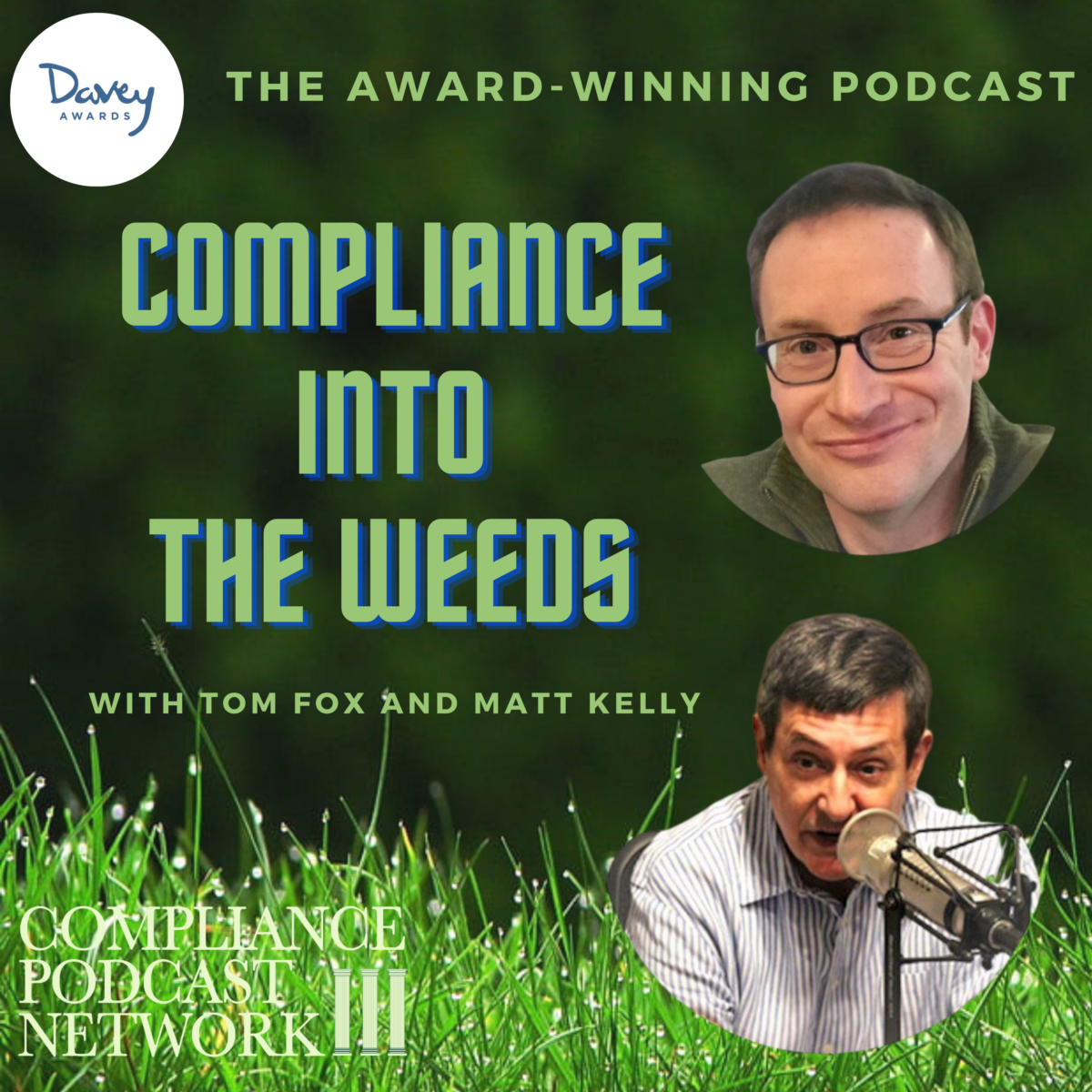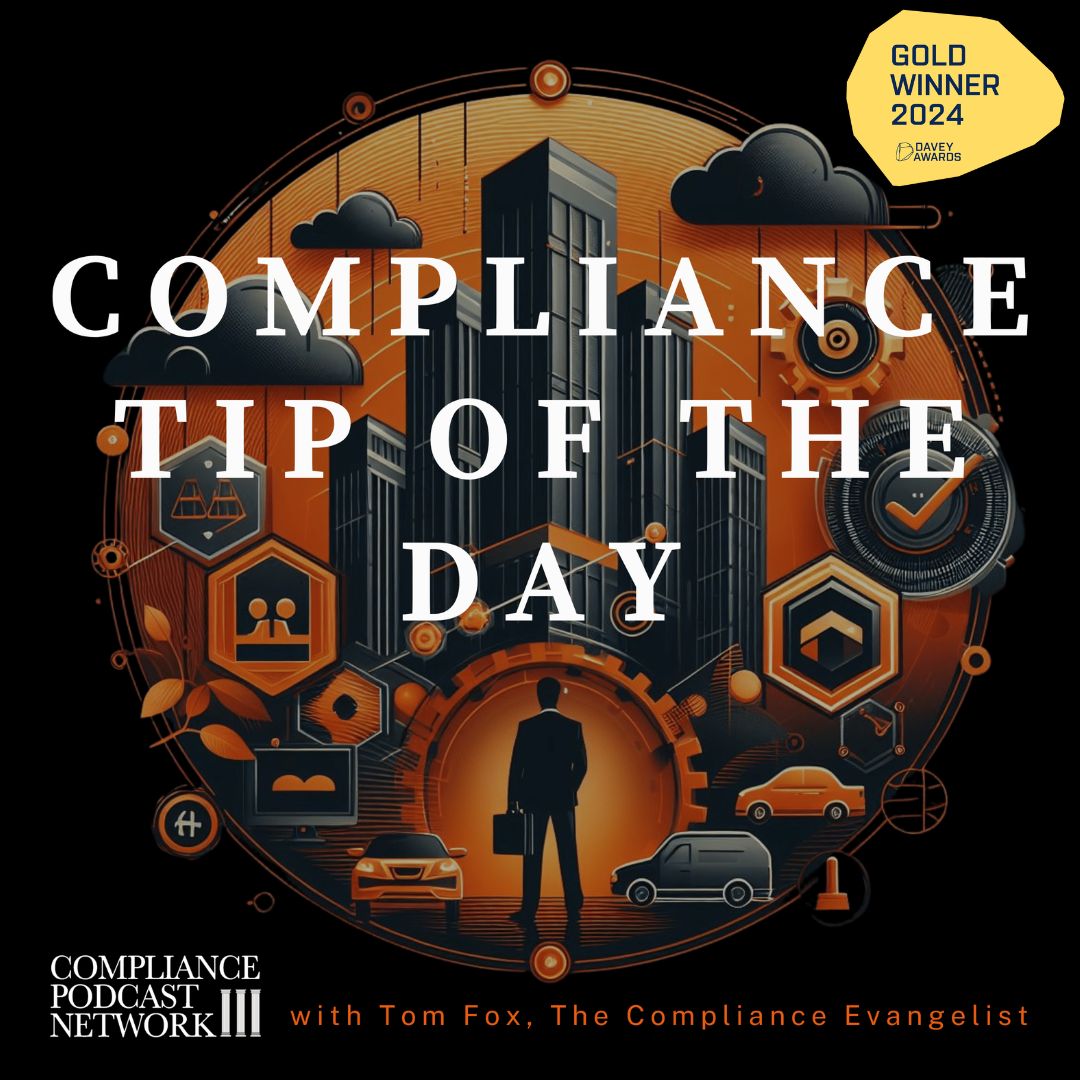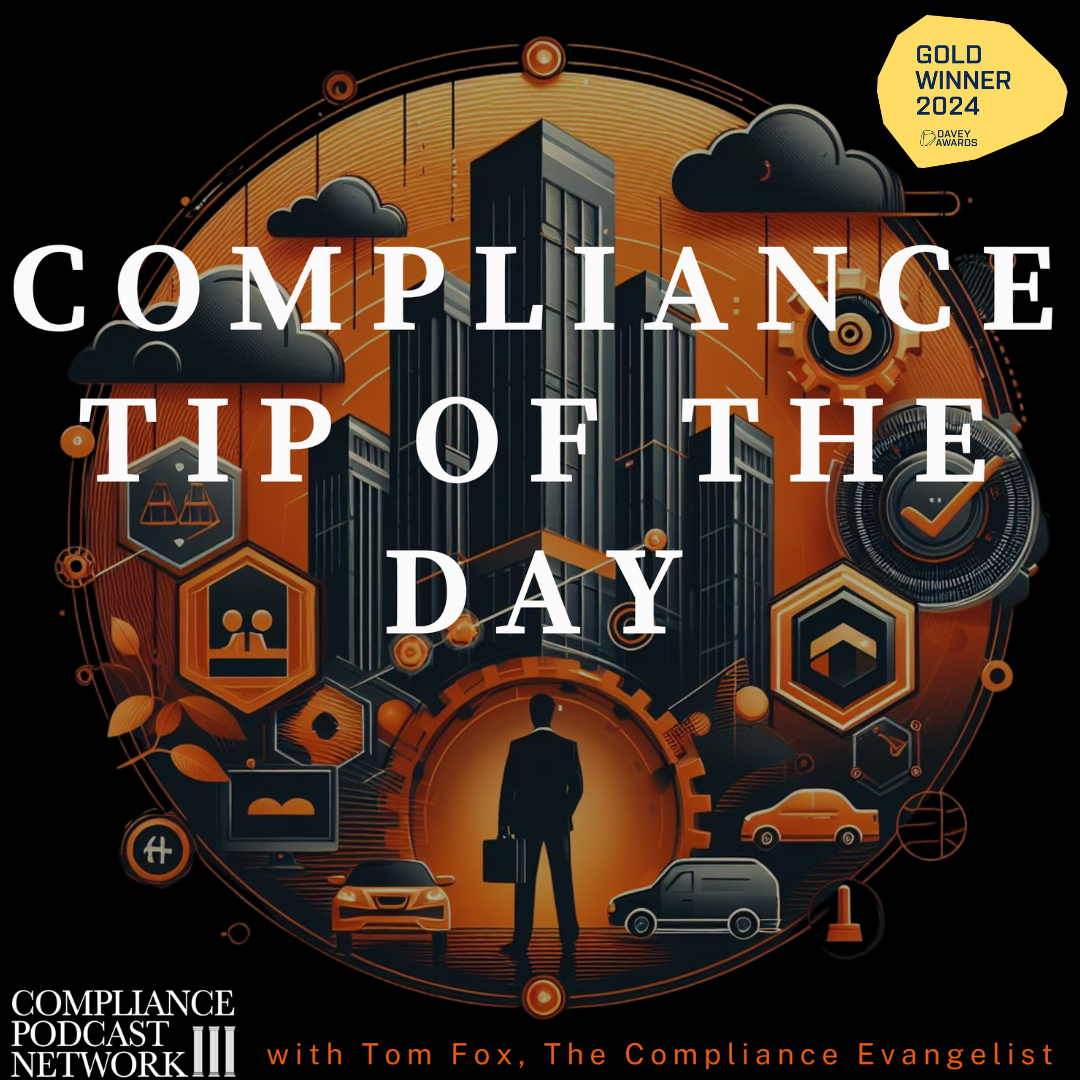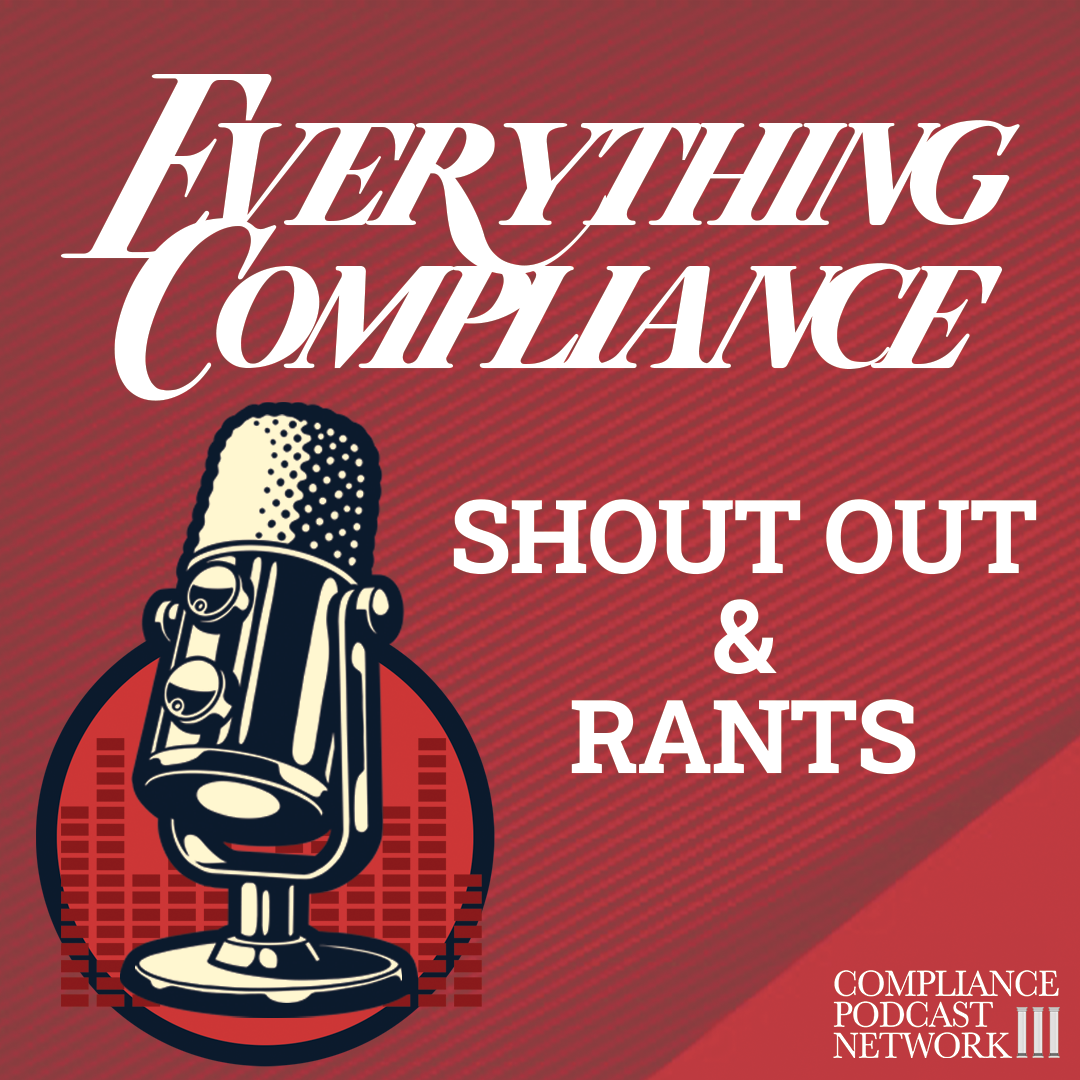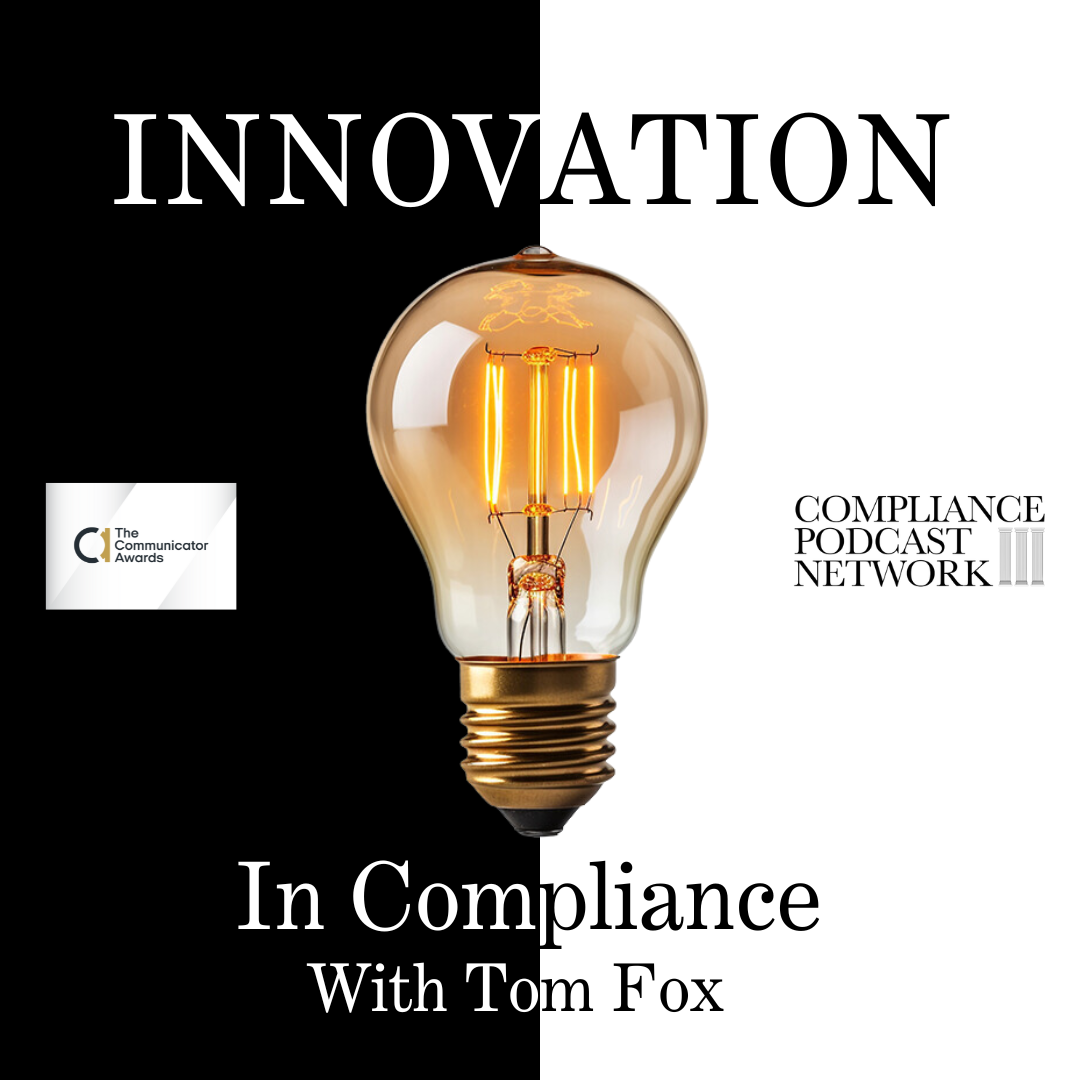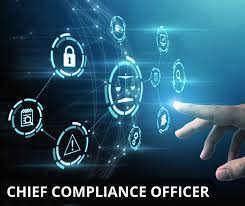The Telephonica Venezuela FCPA enforcement action reminds us that third-party risk management is one of the most critical components of a corporate compliance program. From suppliers and distributors to agents and joint venture partners, third parties can expose a company to significant compliance risks, including bribery, data security breaches, and regulatory violations. For a Board of Directors, effective oversight of third-party risk management is essential to fulfill its fiduciary duties and ensure that the organization mitigates these potential threats.
For boards, the responsibility involves more than just reviewing policies or compliance assessments. It requires a proactive approach, regularly engaging with the Chief Compliance Officer (CCO) and demanding specific information to confirm that third-party risks are effectively managed. Today, we will consider some key questions a board should ask and key metrics that boards should track to ensure their oversight of third-party risk management.
Key Questions a Board Should Ask About Third-Party Risk Management
To provide effective oversight, board members should ask the CCO a series of targeted questions that illuminate the strengths and weaknesses of the organization’s third-party compliance efforts. These questions can guide discussions around key areas such as due diligence, monitoring, training, and incident response.
- What is our Third-Party Risk Profile?
This foundational question helps the Board understand the scope of the organization’s third-party network and the inherent risks involved. The CCO should be able to explain how third-party risk is assessed, classified, and prioritized. This includes geographic, industry, and transactional risks that may be more prevalent in high-risk regions or industries such as defense, oil and gas, and healthcare.
- What Due Diligence Processes are in Place?
The Board should ask about the specific due diligence processes for third parties. This includes initial onboarding assessments, background checks, and ongoing monitoring. Understanding the due diligence process, including who is responsible, the standards used, and whether enhanced due diligence is conducted for high-risk third parties, is critical for oversight.
- How Do We Ensure Continuous Monitoring of Third Parties?
It is not enough to perform due diligence only once. Continuous monitoring is essential to detect a third party’s risk profile changes. The Board should ask about the tools and technologies used for monitoring, the frequency of updates, and how compliance continuously evaluates third parties for new risks, such as changes in ownership, regulatory status, or financial stability.
- How Do We Address Identified Risks?
A key component of third-party risk management is having procedures to address identified risks. The Board should inquire about the company’s approach to risk mitigation, including risk-adjusted measures for different risk levels. Are high-risk third parties subject to contract clauses or specific compliance obligations? Does the organization maintain a system to monitor the ongoing effectiveness of risk mitigation efforts?
- What Training and Awareness Programs Do We Have in Place?
The Board should ask how compliance trains third parties on relevant laws, policies, and expectations, especially concerning anti-corruption, data protection, and ethics. Additionally, internal stakeholders involved in third-party management, such as procurement and finance, should receive specialized training to help them recognize red flags.
- What is Our Process for Reporting and Escalating Third-Party Compliance Issues?
Knowing that issues will inevitably arise, the Board should ask how the organization reports and escalates third-party compliance concerns. Does the CCO have direct access to the Board in case of serious compliance violations? Is there a protocol for handling third-party incidents that could affect the company’s regulatory standing or reputation?
- How Do We Measure the Effectiveness of Our Third-Party Risk Management?
The effectiveness of the third-party compliance program is a priority for the Board. Asking for metrics and other objective measures helps ensure that the program is well-designed and functioning as intended. The Board should proactively seek quantitative and qualitative evidence of effectiveness.
Key Metrics for Third-Party Risk Management Oversight
Metrics are invaluable for Board members seeking to monitor the compliance program’s health. The CCO should be able to provide regular updates on the following metrics, each offering insight into specific aspects of third-party risk management.
- Number of Third Parties by Risk Category
This metric breaks down the organization’s third parties by risk level (e.g., low, medium, high). This provides the Board with a snapshot of the company’s risk exposure and helps them assess whether the program is appropriately resourced to manage the volume of high-risk third parties.
- Percentage of Third Parties with Completed Due Diligence
Tracking this metric shows whether the company is adhering to its compliance policies. Ideally, 100% of third parties should undergo due diligence before onboarding, and any gaps here could signal significant compliance weaknesses.
- Average Time to Complete Due Diligence
This metric reveals the efficiency of the due diligence process. Long turnaround times can delay critical partnerships and increase risk exposure, while excessively fast times may suggest that due diligence needs to be sufficiently thorough. Boards should look for a balanced metric that reflects both efficiency and comprehensiveness.
- Incidents of Non-Compliance Among Third Parties
The Board should be regularly informed of compliance incidents involving third parties. This metric could be broken down by type of violation (e.g., anti-bribery, data privacy, labor practices) and severity. Tracking these incidents over time helps the Board evaluate the program’s effectiveness and whether additional resources are needed.
- Percentage of High-Risk Third Parties Monitored Regularly
Continuous monitoring is vital to effective risk management, particularly for high-risk third parties. This metric provides insight into how often high-risk third parties are reassessed, which can inform the Board about the level of vigilance being applied to higher-risk partners.
- Training Completion Rates for Third Parties and Internal Teams
Effective third-party risk management requires third parties and the internal teams who work with them to understand the compliance risks and policies. This metric tracks how many third-party representatives and relevant employees have completed compliance training, an essential factor in reducing risk.
- Average Time to Resolve Third-Party Compliance Issues
This metric measures the organization’s responsiveness to third-party compliance concerns. Quick resolution times may indicate an efficient and effective response system, while delays might suggest resource constraints or procedural bottlenecks. Boards should look for a metric that balances speed and thoroughness.
- Costs of Third-Party Compliance Program
The Board should also monitor the financial investment in third-party compliance to assess if the program is adequately funded. This includes costs for due diligence, continuous monitoring, training, and compliance technology. Comparing these costs against third-party risk levels can help determine if the program is appropriately resourced.
Leveraging Metrics for Continuous Improvement
By tracking these metrics, Boards ensure that third-party risks are being effectively managed and can drive continuous improvement in the compliance function. Over time, trends will emerge, highlighting areas where the program may need reinforcement. For instance:
- Increasing compliance incidents among third parties could indicate a need for enhanced due diligence or more stringent onboarding criteria.
- Declining training completion rates suggest a lack of engagement from third parties, potentially due to ineffective communication or training methods that must be revisited.
- Prolonged resolution times for compliance issues might signal the need for process optimization or additional staff in the compliance team.
The Board should encourage the CCO to use these insights to fine-tune the program and prioritize high-impact initiatives. Additionally, boards should expect the CCO to present metrics and narrative insights, offering a holistic view of the third-party compliance landscape and how specific metrics relate to broader compliance goals.
Fostering a Culture of Accountability and Compliance
Board oversight of third-party risk management is no longer a mere checkbox—it’s a crucial part of protecting the organization’s reputation, ensuring regulatory compliance, and building a resilient corporate structure. By asking the right questions and tracking key metrics, Boards can proactively ensure that third-party risks are managed effectively.
An engaged Board that emphasizes the importance of third-party compliance sends a powerful message across the organization and beyond. When Boards hold the compliance function accountable and demand robust third-party oversight, they not only mitigate potential risks but also foster a culture of integrity and accountability that resonates with employees, partners, and stakeholders alike. This, in turn, strengthens the entire organization, building a foundation of trust and resilience that will serve it well in any compliance landscape.


